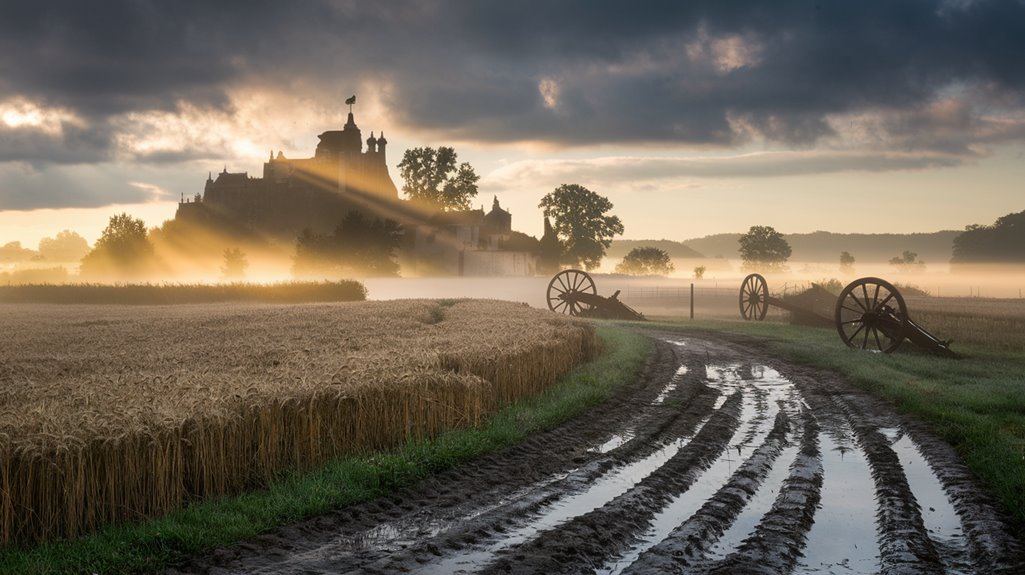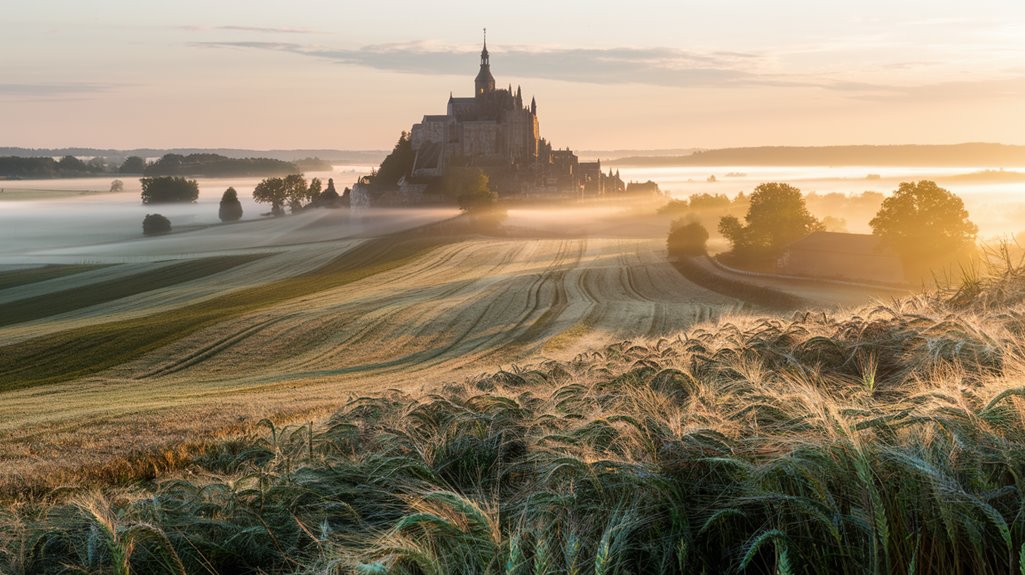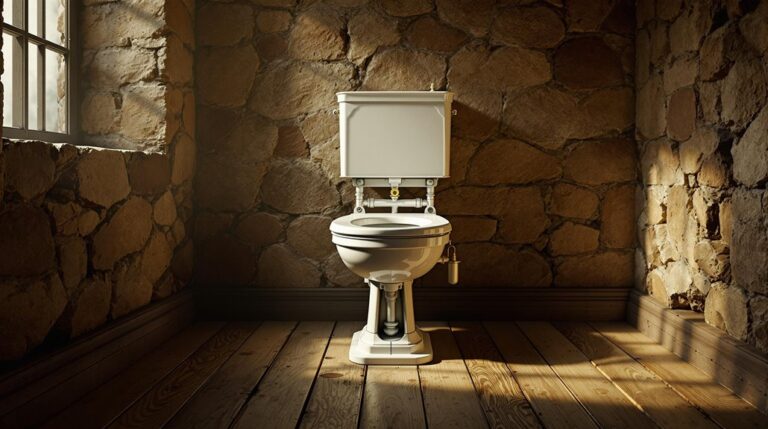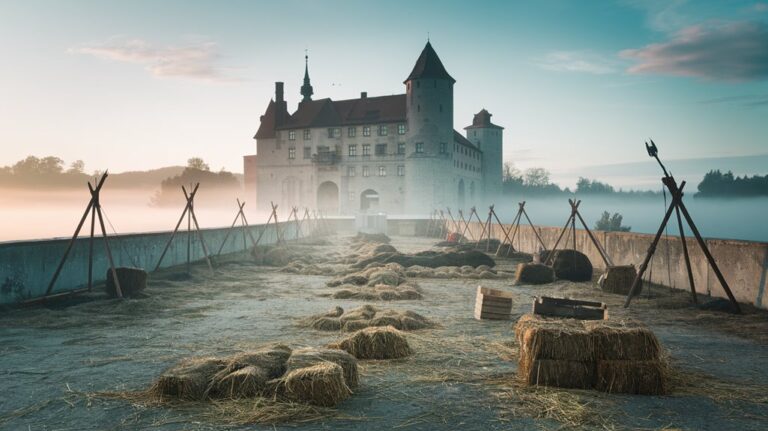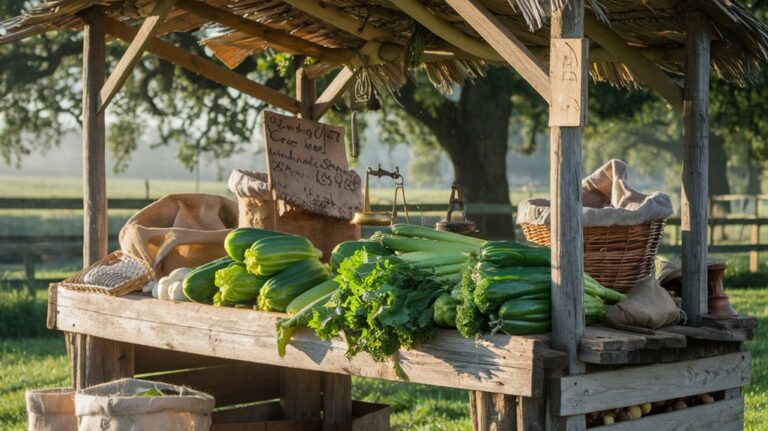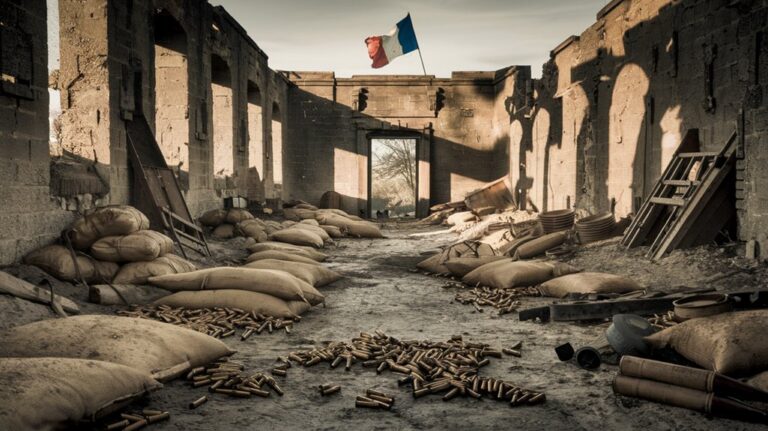The Battle of Waterloo Wasn’t Fought in Waterloo
Did you know that over 70% of tourists who visit the Waterloo battlefield memorial don't realize they're actually standing in Braine-l'Alleud? You've probably heard about Napoleon's final defeat at Waterloo, but the famous battle didn't unfold where most people think. The true story of this historic clash, which claimed nearly 50,000 lives, spans across multiple Belgian municipalities and involves a peculiar naming decision that's confused historians and visitors for two centuries.
The True Location: Braine-l'Alleud and Lasne
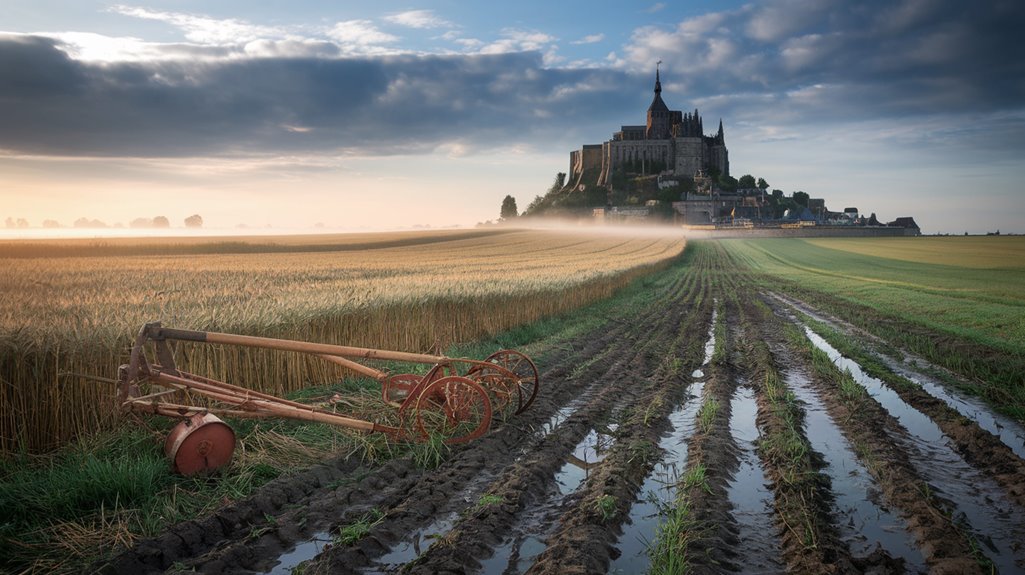
While many know the Battle of Waterloo by its famous name, the actual fighting took place in the Belgian municipalities of Braine-l'Alleud and Lasne, roughly 15 kilometers south of Brussels.
The battlefield's location in Braine l'Alleud history is marked by the iconic Lion's Mound, which now offers you a panoramic view of the historic site. The monument features a massive bronze lion weighing 246 tons atop its summit.
The Lasne significance extends beyond its municipal borders, as the area features the strategic Ohain road, a sunken lane that proved essential during the battle. The road served as a key position for Wellington's reverse slope tactics, allowing his infantry to remain hidden from French view.
You'll find the battlefield strategically positioned along the main road to Brussels, with key defensive positions like Hougoumont and La Haye Sainte scattered across both municipalities.
While the town of Waterloo itself lies about 2 kilometers away, it's these two municipalities that bore witness to one of history's most decisive battles.
Why History Named It "Waterloo"
Despite the battle occurring in Braine-l'Alleud and Lasne, the name "Waterloo" has become forever linked to this historic clash.
You'll find the explanation in the victor's perspective, as the Duke of Wellington chose Waterloo as his command post and wrote his victory dispatch from there. While the French preferred "Mont Saint-Jean" and the Prussians used "La Belle Alliance," Wellington's choice prevailed. The French view of Waterloo as a glorious national defeat would shape their literature and cultural memory for generations.
The name's cultural significance extends far beyond the battlefield. The battle's outcome cemented British global supremacy for decades to come.
You'll now find "Waterloo" used worldwide to describe any decisive defeat, making its way into everyday language. This naming choice, though geographically incorrect, stuck because Waterloo was the first major town near the battlefield and became the central point for British victory celebrations and commemorations.
The Strategic Value of the Chosen Battlefield
The battlefield of Waterloo presented a masterful showcase of military positioning. You'll find the terrain features offered Wellington several tactical advantages for his multinational force of 71,000 men. The long ridge running east to west created a perfect defense line, while the reverse slope concealed his true strength from Napoleon's larger army. Napoleon was forced to delay his attack until around 11 a.m. due to poor weather conditions. After the defeat at Ligny, Marshal Grouchy's corps was dispatched to prevent Prussian reinforcements from joining Wellington.
Key strategic elements that made this battlefield exceptional:
- The short 2.5-mile front allowed Wellington to position his forces in depth
- A steep gully protected the left flank near Ohain village
- Three fortified points (Papelotte Farm, Haye-Sainte Farm, and Hougoumont) created strong defensive positions
- The sunken lane provided natural cover for troops
- The plateau of Mont-Saint-Jean offered commanding views of approaching forces
These terrain features considerably limited Napoleon's ability to maneuver his compact infantry formations effectively.
Key Landmarks That Shaped the Battle
Landmark fortifications and strategic points across the Waterloo battlefield played pivotal roles in shaping the course of this historic clash.
The battlefield's geography created natural advantages, with Wellington positioning his forces along a defensive ridge that overlooked the valley below.
You'll find the most significant landmarks at Hougoumont Château and La Haye Sainte Farm, which served as essential defensive strongholds.
The landmark significance of these positions can't be understated – Hougoumont's well-fortified walls and gardens provided excellent cover, while La Haye Sainte controlled the central highway.
The sunken Ohain road offered natural protection from French artillery, and Papelotte Farm secured the Anglo-Dutch army's left flank. The battle began when first shots fired at 11:35 initiated intense fighting around these positions.
These strategic points, along with the network of lanes and hedgerows, transformed the landscape into a formidable defensive position.
The Mont-Saint-Jean Farm served as a crucial location during the conflict, functioning as a country hospital for wounded soldiers.
How Geography Influenced the Outcome
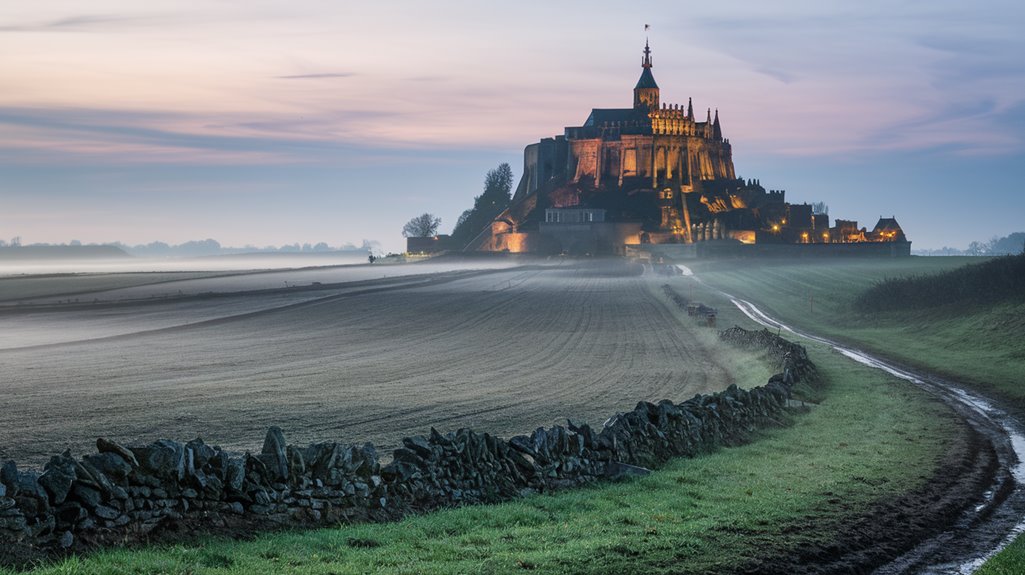
While fortifications and strongholds played their part, geography became the ultimate architect of Napoleon's defeat at Waterloo.
You'll find that terrain challenges and weather conditions worked against the French forces in several significant ways.
- Wellington's position on Mont-Saint-Jean ridge provided an exceptional defensive advantage.
- Heavy rainfall from June 17th turned the clay soil into thick mud, slowing French advances.
- The battlefield's divided layout by a diagonal ridge limited visibility for Napoleon's troops.
- Deep valleys and sunken roads restricted movement and tactical options.
- Volcanic ash from Mount Tambora's eruption contributed to the stormy conditions.
The geography's impact was magnified by Napoleon's delayed attack at 11:30 am, giving Wellington's forces time to strengthen their position and allowing Prussian reinforcements to arrive from the east. The Imperial Guard's defeat marked the breaking point of French morale on the challenging terrain. The effective use of combined operations by Wellington's forces against the French demonstrated how the challenging terrain could be turned into a strategic advantage.
The Modern Battlefield: What Visitors See Today
Modern visitors to Waterloo's historic battlefield can experience an impressive array of attractions anchored by the iconic Lion's Mound, a massive artificial hill offering panoramic views of the former combat zone.
Battlefield preservation efforts have transformed the site into an engaging educational destination, featuring the Waterloo 1815 Memorial Museum and an underground visitor center. A 3D movie screening offers visitors an immersive look at the historic battle.
You'll find innovative ways to connect with history through an augmented reality app that brings the fighting at Hougoumont Farm to life, while electromagnetic sensors continue to reveal new archaeological discoveries.
The site's centerpiece attractions include a spectacular 110-meter panoramic painting housed in a circular building and the recently restored Hougoumont Farm, accessible by horse-drawn carriage.
For a thorough experience, you can explore the Wellington Museum and Napoleon's last headquarters nearby. Archaeologists have discovered that dense woodland areas significantly impacted French troop movements during their assault on the British positions.

